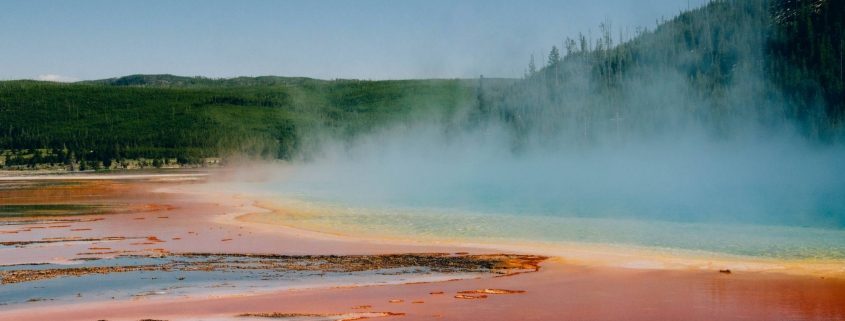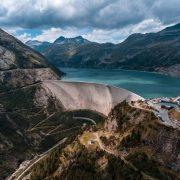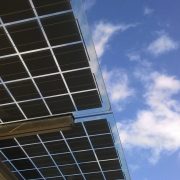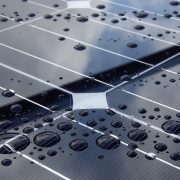Renewable Energy 101: Say Hello To Geothermal
Geothermal energy is simply the use of the heat from the earth we live on.
Generally, it’s captured by pulling hot water and steam from beneath the surface and once the heat energy is utilized, returning it in the form of warm water to be heated again.
Many regions of the world are already capturing geothermal heat for a sustainable source of energy to replace our reliance on fossil fuels. Geothermal plants account for more than 25% of the electricity produced in both Iceland and El Salvador (source).
Like other sustainable energy sources, the main cost for geothermal power is in the initial investment phase of building the plants.
However, running and maintenance costs are minimal because there’s no fuel used, and therefore no purchasing, transport, or cleanup costs involved in the operation of the plants. The cost can be recouped in a few years via a 30%-60% heating bill savings and a 25%-50% savings on cooling costs. (source) Because the hot water and steam utilized is renewable, scientists have surmised that with proper reservoir management of the steam and water levels, the energy potential in geothermal reservoirs will last literally billions of years. (source)
Because geothermal energy is predictable, it is an excellent resource for a base load of power which can be relied upon with remarkable accuracy.
This is not the case with solar and wind, which are weather dependent.
Geothermal capabilities can be harnessed on a grand scale, such as in Reykjavik, Iceland (pop. 118,000), where virtually every building is heated with hot spring water from the earth.
Both large and small systems can be installed depending on the needs of the property owner, and such a reliable source can reduce traditional energy costs significantly. (source)
Geothermal plants are not only beneficial as utility suppliers, but as direct power refineries for industries such as milk pasteurization and agricultural processing, and gold and silver mining facilities, and temperature regulation at fish farms. There’s also the potential for crop irrigation improvements around the western half of the United States, relieving a burden on rural water co-ops, private water conveyors, and the Western Area Power Administration. (source)
Benefits to local and rural economies are also realized through federal and state royalties paid by geothermal plants.
The Department of Interior’s Office of Natural Resources reported in 2013, geothermal power suppliers were responsible for around $15 million in royalties and rents from federal lands used for geothermal production. (source)
While geothermal power may not be as widely available due to location specific requirements such as proximity to volcanic and geyser activity or tectonic plate movement, the areas that are conducive to geothermal power can significantly benefit from the infrastructure advantages of well-paying jobs, influx of property taxes, and reduction of traditional power usage and savings on traditional utility bills through a resource more reliable and potentially more sustainable than fossil fuels—the earth itself.
PETER KRULL IS A REGISTERED INVESTMENT ADVISER. INFORMATION PRESENTED IS FOR EDUCATONAL PURPOSES ONLY AND DOES NOT INTEND TO MAKE AN OFFER OR SOLICITATION FOR THE SALE OR PURCHASE OF ANY SPECIFIC SECURITIES, INVESTMENTS, OR INVESTMENT STRATEGIES. INVESTMENTS INVOLVE RISK AND UNLESS OTHERWISE STATED, ARE NOT GUARANTEED. BE SURE TO FIRST CONSULT WITH A QUALIFIED FINANCIAL ADVISER AND/OR TAX PROFESSIONAL BEFORE IMPLEMENTING ANY STRATEGY DISCUSSED HEREIN.










